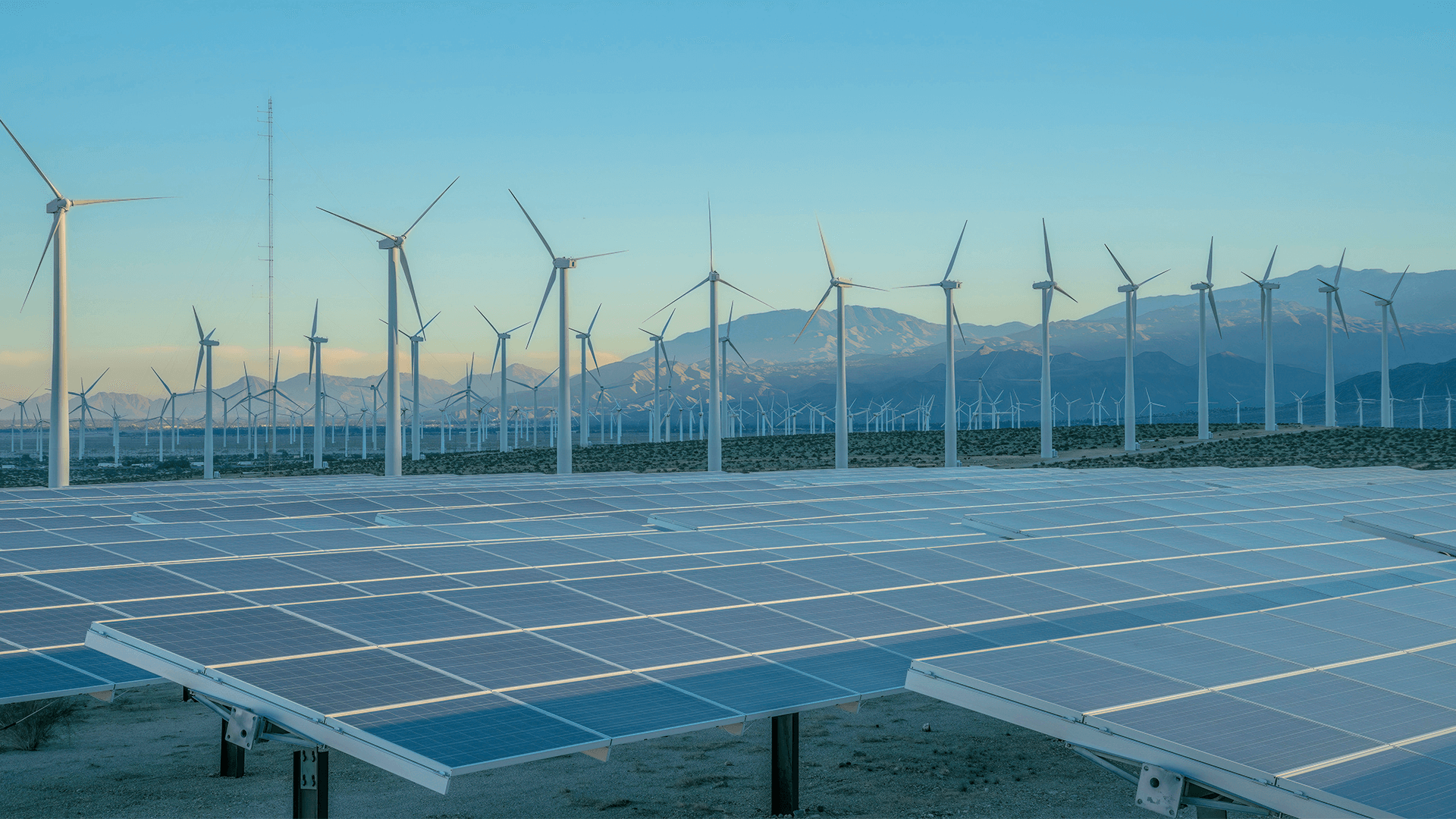
Clean energy investments incentivized through the climate provisions of the U.S. Inflation Reduction Act (IRA) could accelerate economy-wide decarbonization but would fall short of the federal government’s goal to reduce emissions by at least 50% below 2005 levels by 2030, according to a new multi-model comparison of the emissions and energy system impacts of the law. The analysis, conducted by the Center for Global Sustainability and 16 other organizations, was recently published in Science.
The modeling indicates the IRA could lead to a 33%-40% reduction in economy-wide greenhouse gas emissions below 2005 levels by 2030, compared to a 25%-31% reduction without the IRA. Scenarios depicted in the modeling show that the IRA could contribute to economy-wide greenhouse gas emissions reductions of 43%-48% by 2035.
Because of the IRA’s scope and complexity, the researchers leveraged results from nine independent models to examine the potential IRA implications. The diverse modeling approaches help to highlight which findings about the IRA’s impacts have greater agreement across scenarios and which are more uncertain.
According to the models, the power sector leads all others in contributing to decarbonization, accounting for 38%-80% of the total figure, driven by additional low-emitting electricity generation, and improved energy efficiency. Specifically, the IRA could drive large increases in wind and solar generation deployment by 2035, up to three times their 2021 record installations.
“[The analysis] demonstrates that current actions, especially with the provisions from IRA, are an important part of achieving the U.S. NDC, but getting the rest of the way there will require ambitious, creative, and feasible actions from states, cities, and businesses, with support from the federal government,” said Alicia Zhao, Research Manager at the Center for Global Sustainability and lead author of the recent America Is All In "Beyond 50" analysis—detailing the modeling included in the Science article.
While the study examines future scenarios based on economics, other factors including potential supply chain challenges, extended permitting timelines, and associated infrastructure development could ultimately impact technology deployment cost, timing, and feasibility. This modeling analysis examines IRA impacts specifically but does not account for compliance requirements associated with certain pending regulations such as the U.S. Environmental Protection Agency’s proposed effluent limitation and greenhouse gas guidelines.
“While many of the IRA’s impacts are still unknown, this latest modeling indicates the largest effects will likely be in the power sector, where decarbonization efforts are already underway,” said John Bistline, EPRI program manager of the Energy Systems and Climate Analysis Group. “These incentives also could catalyze new markets for carbon capture, hydrogen, and biofuels, but those impacts are more uncertain.”
Among the models’ other findings:
- The IRA-incentivized shift to a more electrified economy could lower total household energy costs – the combination of electricity, gasoline, and other fuels – by the equivalent of $73-$370 per household annually by 2035.
- Generation shares from low-emitting technologies—including renewables, nuclear, and carbon capture and storage—range from 49%-82% in 2030 in the modeled scenarios, up from about 40% today and from 46%-65% without the IRA. The actual cost and feasible timing of generation technology deployment would depend on a range of factors beyond the scope of this study.
- The IRA may drive a significant increase in electric vehicle purchases, estimated to comprise 32%-52% of new light-duty vehicle sales by 2030, several times more than the 7% sold in 2022. However, the models estimate EV sales decrease or flatten between 2030 and 2035, when many of the IRA tax credits expire.
The full Science article is available here: Emissions and energy impacts of the Inflation Reduction Act | Science



